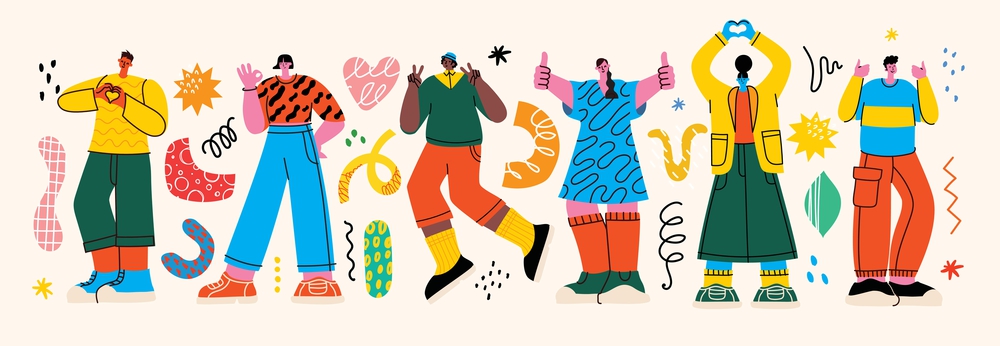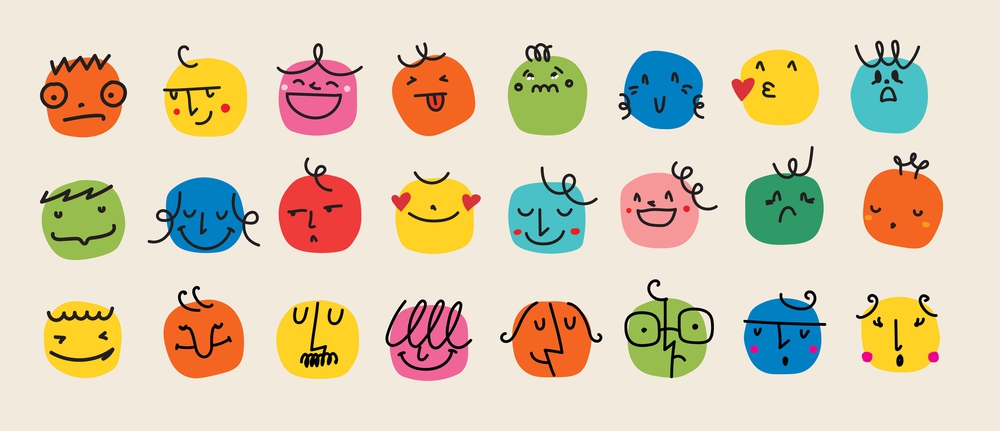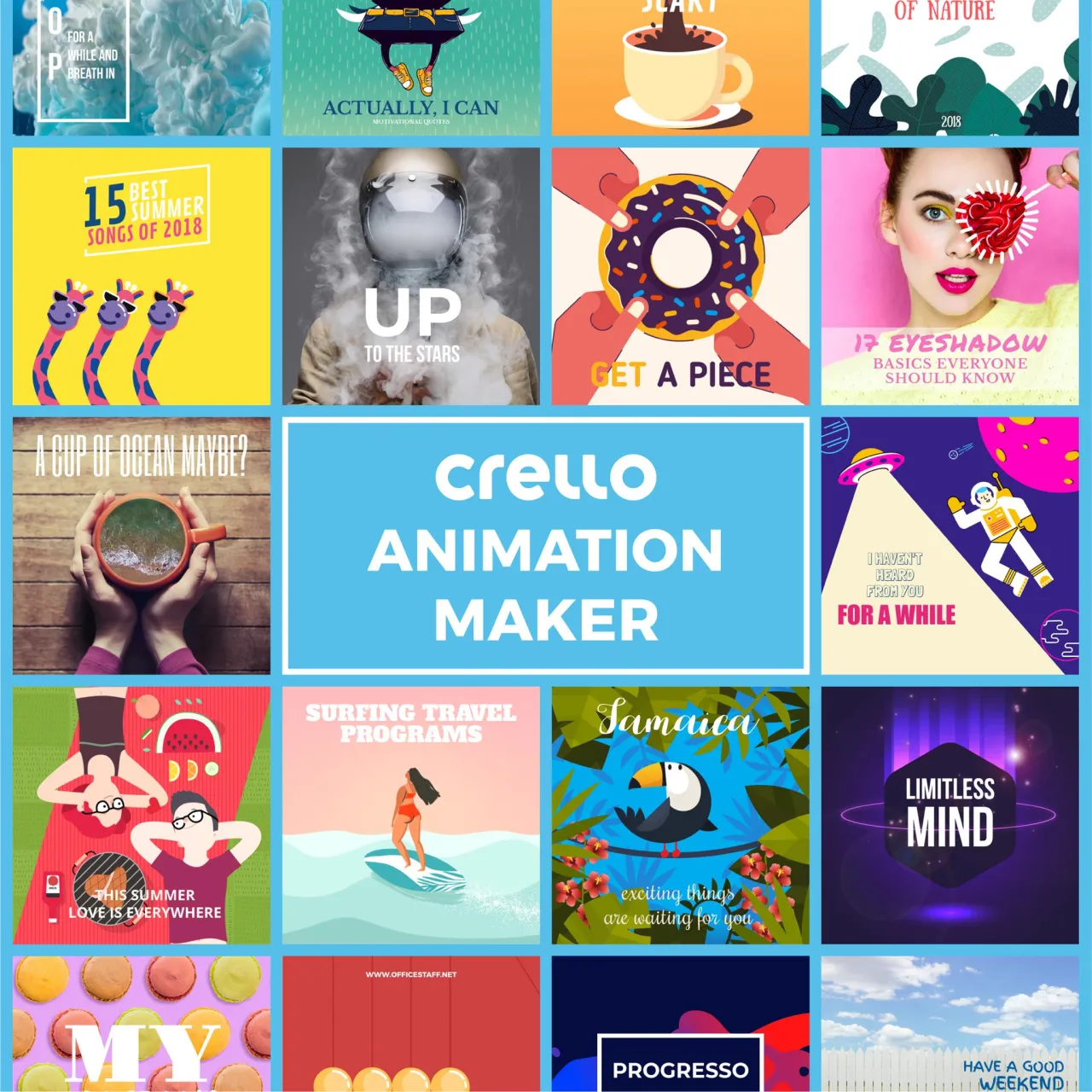Boosting Engagement and Performance Through Interactive Animation
Imagine a digital world where every graphic and element responds to your touch, gesture, or click, transforming static views into dynamic interactions. This is interactive animation, which merges traditional animation techniques with interactive technology. It helps to enhance user engagement, improve user experiences, and boost conversion rates.
In this article, we explore what interactive animation is, why it matters, and how to integrate interactive animations into your projects. Let’s dive in!
What is interactive animation?
Traditional animation is a linear experience. Whether it’s a cartoon or a motion graphic, it plays the same way every time it is viewed. In contrast, interactive animation might change direction, scene, or outcome based on user interactions. This could be as simple as clicking or hovering over an element to trigger a motion or navigating a virtual environment that reacts to the user’s decisions in real time.
Interactive animations provide several tangible benefits, including:
- Increased user engagement. Interactive animations capture user attention more effectively than static images or non-interactive media by involving them directly in the experience. This increased engagement can lead to higher retention rates on websites and apps, as users often find interactive content more enjoyable.
- Enhanced user experience. Interactive animations make users feel like they are part of the process, which can significantly enhance user satisfaction and improve the usability of digital products. This is particularly useful in educational and training environments where engagement can translate to better learning outcomes.
- Improved conversion rates. Interactive animations can guide users toward desired actions, such as making a purchase or signing up for a newsletter. Well-designed interactive animations can also clarify product features and benefits, helping customers make quicker decisions.
What are the main components of interactive animation?
User input
User input is the mechanism through which a viewer interacts with the animation. This can include a variety of actions such as clicks, swipes, keyboard inputs, and even real-time motion capture. Each input type is detected through the interface and triggers a specific response within the animation.
Animation software
The software used to create interactive animations is more sophisticated than that used for traditional animations because it needs to integrate programming capabilities with animation tools. Software like Adobe Animate, Unity, and Blender support scripting, which is crucial for defining how the animation reacts to interactions. The choice of software often depends on the complexity of the interaction required and the final platform on which the animation will be displayed.
Feedback loops
Feedback refers to the processes through which the system responds to user inputs with visual, auditory, or tactile outputs that indicate the effect of the user’s actions. Effective feedback loops are immediate and noticeable, providing clear communication to the user about what their interactions have achieved. For example, a visual feedback loop might show a button pressing down when clicked, while auditory feedback might involve a sound playing when an action is taken.
Logic and flow control
This includes the rules and conditions programmed into the animation that determine how different inputs affect the animation sequence. Flow control manages the progression of the animation, ensuring that it responds appropriately to user interactions. This might involve branching paths where different inputs lead to different animation outcomes or conditional scenarios where specific actions are required to advance the animation.
What are the key design principles for effective animations?
1. Timing
Timing affects how natural the animation feels and can influence the user’s perception of your application or website’s responsiveness. Optimal timing ensures that animations appear smooth and are synchronized well with user interactions. For instance, transitions should be quick enough to feel responsive but slow enough to be noticeable.
2. Responsiveness
Animations need to react in real time to user inputs. This means they should initiate immediately upon interaction to provide instant feedback to the user, which is essential for maintaining the interactivity loop.
3. Simplicity
Overly complex animations can detract from the user experience, especially if they overwhelm or detract from the content. Animation should enhance the interface and guide the user’s focus to important actions or content rather than be used merely for decorative purposes.
4. Purposefulness
Every animation should serve a specific purpose. Whether it’s to draw attention to an important element, demonstrate how to interact with the interface, or visually indicate the progress of a task, the animation should have a clear reason for its existence.
5. Consistency
Animations should be consistent in style and behavior across all elements of a digital product. Consistent animations enhance the user experience by making interactions predictable and understandable. This consistency helps build a coherent visual language that users can quickly learn and rely upon.
Enhance your projects with high-quality vectors and illustrations from the Depositphotos library. With millions of options available, you’re sure to find the precise visuals to complement your work. Explore our library to elevate your creative projects.
Discover the Library
7 Tips for getting started with interactive animation
#1. Understand the basics
Before diving into interactive animation, ensure you have a solid understanding of basic animation principles. Familiarize yourself with different types of interactivity in digital media, such as hover effects, click events and user input handling. This foundational knowledge will help you create more fluid and responsive animations.
Experiment with different easing functions and timing in a simple web-based tool like the cubic-bezier generator to see real-time effects on animations. This practice will help you develop an intuitive sense of how animations can enhance user interactions.
#2. Choose the right tools
Selecting appropriate software is critical for creating effective interactive animations. Tools like Adobe Animate CC, Tumult Hype, and Unity offer different features for creating animations with interactive elements. Consider the complexity of your project and the learning curve of each tool to find the best fit for your needs.
Use trial versions of software to create small test projects. This allows you to gauge the software’s capabilities and ease of use without the initial investment.
#3. Start simple
Begin with small, manageable projects to build your confidence and skills. Simple interactive animations such as button effects, animated navigation menus, or basic character animations can provide a practical foundation. These projects allow you to experiment with different techniques without being overwhelmed.
For example, try creating a simple interactive logo animation that changes when hovered over with a mouse. This project is manageable and provides immediate visual feedback, making it a great way to start understanding the interaction between user actions and visual changes.
#4. Learn basic coding skills
While many tools offer visual interfaces, knowing some basic coding can be incredibly beneficial. HTML, CSS, and JavaScript are essential for web-based interactive animations. Learning these languages will give you greater control over your projects and allow you to implement more complex interactive elements.
#5. Utilize online communities
Take advantage of online tutorials, courses, and forums. Platforms like Udemy, Coursera, and Codecademy offer courses in both animation and coding. Online communities on platforms like Stack Overflow, GitHub, and animation-specific forums can provide support and insights from experienced designers and developers.
Engaging in forums by asking questions and sharing your initial projects for feedback not only helps you gain insights but also builds your presence in the digital design community, opening doors to collaborative opportunities and peer learning.
#6. Test on multiple platforms
Interactive animations should work seamlessly across all devices and browsers. Regular testing during the development process ensures that your animations perform well regardless of where they are viewed. Use developer tools in browsers like Chrome or Firefox to emulate different devices and test your animations under various conditions. This can highlight unexpected behaviors or performance issues that may not be evident on your primary development device.
#7. Collect feedback and iterate
Iteration is key in developing animations that are user-friendly and effective in meeting your objectives. After deploying your interactive animations, gather feedback from users to see how they interact with your designs. Use this feedback to refine and improve your animations.
To wrap up
Creating interactive animations can seem daunting, but with the right approach and tools, it can become an enriching experience. Whether you’re designing for websites, applications, or digital marketing campaigns, these practical tips can help you get started with interactive animation. Armed with this information, you’ll be able to create digital experiences that are not only intuitive but also deeply engaging.
Other articles you might be interested in
Bento UI: Design Examples, Trend Explanation, and Creative Tips
15 free AI tools for design and creative tasks
From Ergonomics to Empathy: A Guide to Human-Centered Design














